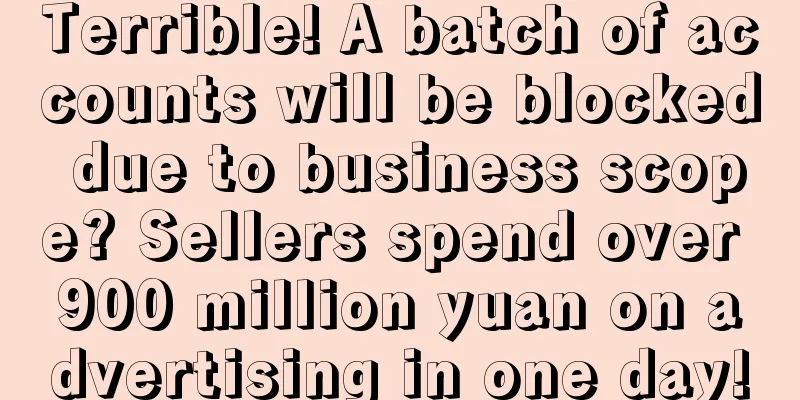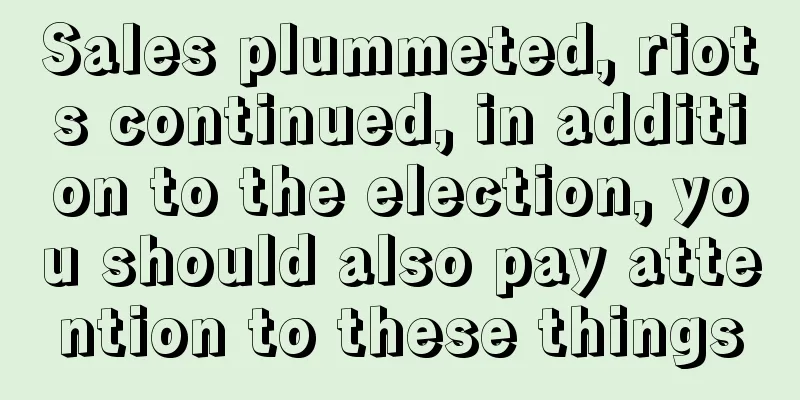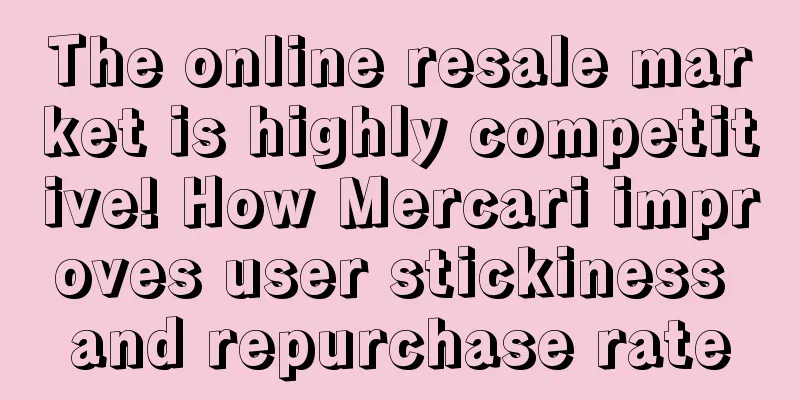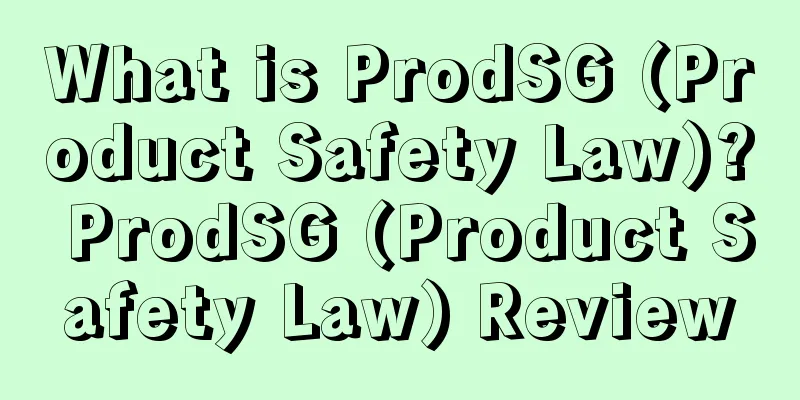What is an effective tariff? Effective tariff assessment
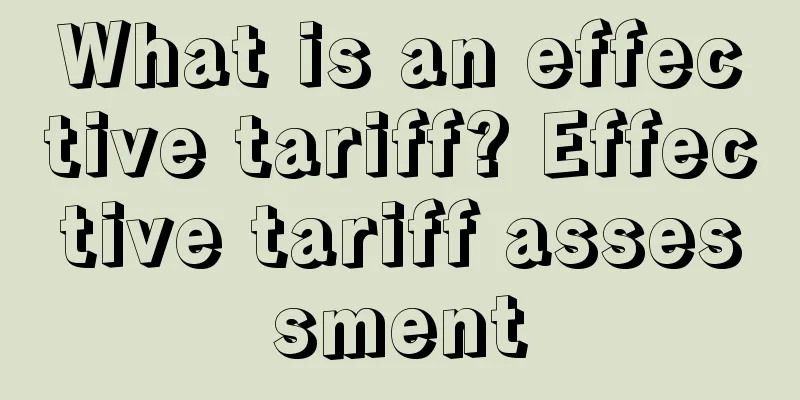
|
Effective tariff is a concept in modern international trade theory. It refers to the actual degree of protection of similar domestic products by imposing taxes on imported goods in market competition. The import tax imposed by a country on foreign goods that compete with a certain industry in the country is called "nominal tariff". The structure of guiding protective tariffs is called effective tariff in Chinese, also known as actual tariff, which means effective protection rate. 1. Introduction With the rapid development of deep-processing product production in developed countries and fierce competition in the international market, the protection theory that only uses (nominal) tax rates for final products is insufficient because it does not pay attention to the impact of taxing intermediate inputs on final products. The effective tariff theory studies the nominal tax rate structure used for both final and intermediate products, and pays attention to the impact of the tariff structure on the net value added in the processing and production of such products. By calculating the effective tariff rate (effective protection rate), we can study which products should be protected and how to determine the tariff rate, and measure the distribution ratio of protection and benefits obtained by products at different processing levels due to the nominal protection rate, which can guide the structure of protective tariffs. The effective tariff protection rate refers to the percentage of the incremental value added of a processed product under the tariff structure to its value added under free trade conditions. 2. Expression The effective protection rate (Z) for a certain product is expressed as: Z = (value added of domestic processing minus value added of processing under free trade conditions) / value added of processing under free trade conditions * 100% If the effective protection rate is expressed by the nominal tax rate, the formula is: Z=(tn-Σai*ti)/(1-Σai) Where tn is the nominal tax rate on finished products, ti is the nominal tax rate on inputs, ai is the proportion of inputs in finished products, and Σai is the sum of the proportions of various inputs in the product. It can be seen that the higher the tax rate of the final product, or the lower the tax rate of the intermediate input, the higher the effective protection rate. If tn>ti, then Z>tn; if tn=ti, then Z=tn; if tn The tariff rate structure provides a theoretical basis, and in international tariff reduction negotiations, provides a strategic basis for reducing tariffs on primary products more, while not reducing tariffs on final products too much. Through effective tariffs, some industries with higher effective protection rates can attract the country's previously depressed economic resources, affecting the country's resource allocation. References |
<<: What is Sellery? Sellery Review
Recommend
What is Bull Demon King? Bull Demon King Review
Niu Mowang Cross-border E-commerce Data Platform i...
What is Chopsticks Pay? Chopsticks Pay Review
Kuaizi Pay is a product of Universal IFX Financial...
What is TiansuDa? TiansuDa Review
TiansuDa specializes in international freight busi...
Growth of paid retail membership in the United States has reached saturation, with Amazon Prime accounting for 53.1%
It is learned that in the past three years, the e-...
Hot Topics | Summary of Amazon's hot events of the week
In 2019, third-party sellers accounted for 60% of...
Christmas Infringement Product Album: Christmas Light Strings!
There are many patents for light strings. Althoug...
Blood loss! Amazon's "black hand"! Sellers' orders dropped 6 times, FBA shipping costs soared...
As an FBA seller, delivery fees are an inevitable ...
Amazon's major update! Supports custom templates for bulk uploading of products
In the past two days, Amazon has added a new feat...
Newegg in the US announces that it will accept SHIB payments!
It is learned that according to foreign media repo...
Amazon lost millions due to huge sales! Hot products were "resold for profit" by rogue sellers!
In 2022, cross-border sellers ushered in the "...
Shein was accused of having incomplete labor system statements on its official website and forging factory certifications!
<span data-shimo-docs="[[20,"获悉,近日快时尚电商巨头S...
What is the solidarity surcharge? Solidarity surcharge review
Solidarity surcharge (Solidaritätszuschlag also kn...
The internal logic of Amazon’s review capture!
Making reviews on Amazon is one of the most effec...
Amazon's major welfare plan helps cross-border sellers to sell well during the peak season
In order to help sellers make adequate preparation...
How to correctly fill the Amazon "review pit"? Share the practical operation of TM mark complaint and follow-up sales + Amazon Post training
Amazon sellers are complaining bitterly: “There i...
